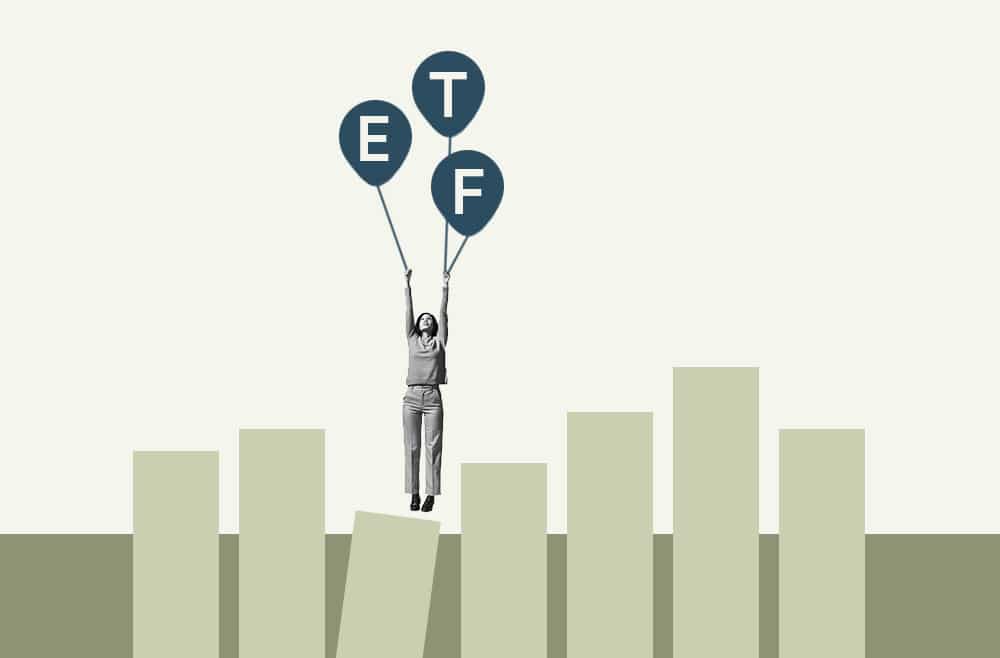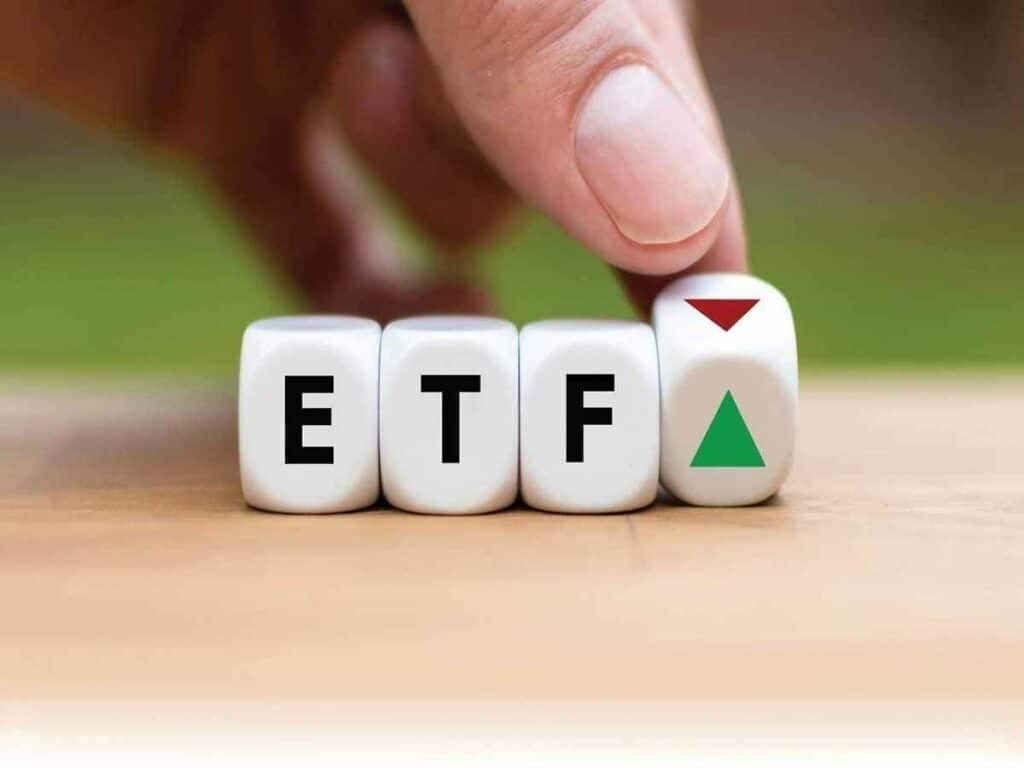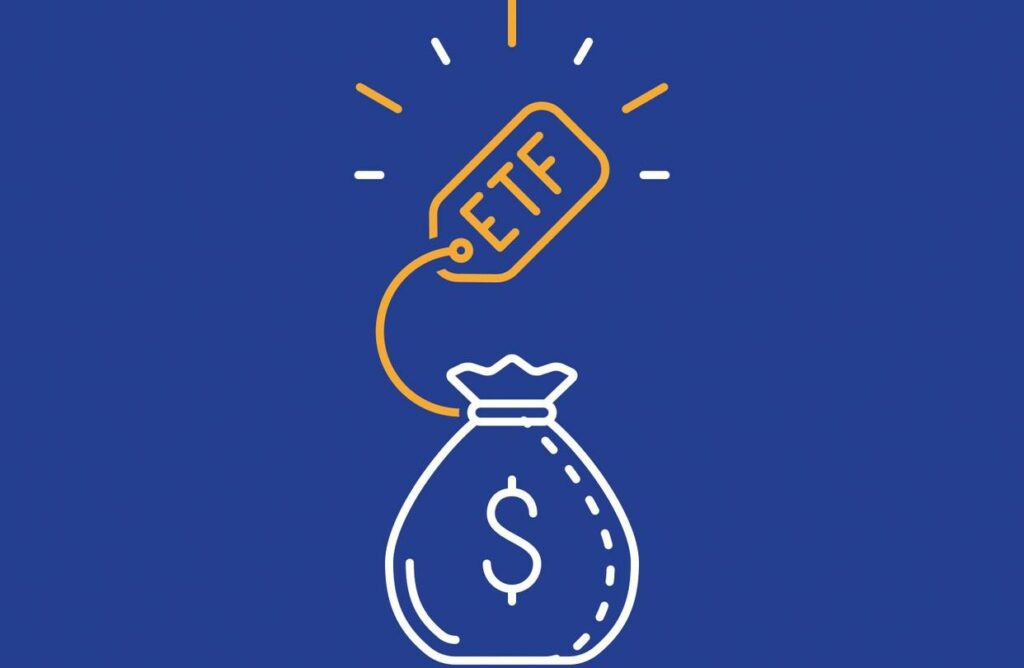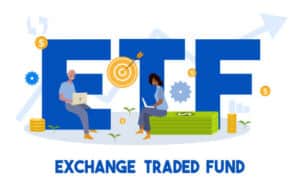15 Disadvantages Of ETFs You Should Know
If you are looking to invest as an expat or high-net-worth individual, which is what I specialize in, you can email me (advice@adamfayed.com) or WhatsApp (+44-7393-450-837).
Introduction
Here are the disadvantages of ETFs you should know.
According to Inside Bitcoins, ETFs, or exchange-traded funds, can be excellent investment vehicles for both small and large investors.
These well-liked funds, which function similarly to mutual funds but are traded like stocks, have grown to be a popular option for investors seeking to increase the diversity of their portfolios without having to put in more time and effort managing and allocating their investments.
With ETFs, you can own a variety of stocks or bonds. An ETF’s value may increase if its underlying assets do as well.
Additionally, the fund may automatically reinvest investments that generate cash flow, like interest or dividends. Before putting money into ETFs, investors must be aware of a few disadvantages.
15 Disadvantages of ETFs You Should Know
1. Commissions and Expenses
The first of the disadvantages of ETFs you should know is about commissions and expenses. The fact that ETFs trade like stocks is one of their biggest advantages.
An ETF makes investments in a group of unrelated companies that are typically connected by a common industry or theme.
Investors merely purchase the ETF to take advantage of making a single, larger investment in a larger portfolio.
Due to the fact that ETFs are traded like stocks, investors can buy, sell, and place advanced orders, like limits and stops, on purchases made during market hours.
The typical mutual fund purchase, on the other hand, happens after the market closes and after the fund’s net asset value has been determined.
There may be a commission associated with each stock transaction you make. The same holds true for purchasing and selling ETFs. Trading costs can quickly accumulate and affect the performance of your investment, depending on how frequently you trade an ETF.
In contrast, no-load mutual funds are sold without a commission or sales fee, making them somewhat more advantageous than ETFs in this regard.
When contrasting an investment in an ETF with an equivalent investment in a mutual fund, trading costs must be taken into account.
Today, a large number of online brokers provide zero-commission stock and ETF trading. But keep in mind that you might still have to pay a hidden commission in the form of compensation for order flow (PFOF).
Instead of letting the market compete to fill your order at the best price, this contentious practice routes your orders to a specific counterparty.
Consider the various fee structures of each, including the potential trading fees generated inside actively managed ETFs, when choosing between similar ETFs and mutual funds.
Also keep in mind that actively trading ETFs, like stocks, can lower the performance of your investments because commissions can add up quickly.
An expense ratio is another feature of every ETF. The expense ratio calculates what proportion of a fund’s total assets must be used to pay various operating costs annually.
Although it differs slightly from a fee an investor pays to the fund, this has a similar impact in that investor total returns will be lower the higher the expense ratio.
Even though ETF expense ratios are generally very low compared to many other types of investment vehicles, they should still be taken into account, especially when comparing ETFs that are otherwise similar.

2. Low Liquidity
One of the disadvantages of ETFs you should know is liquidity. Liquidity is a crucial aspect of trading any publicly traded asset, including stocks, ETFs, and other securities.
When you buy something, liquidity refers to the ability to sell it relatively quickly without causing the price to change because there is enough trading activity.
Depending on the size of your position in relation to the average trading volume, there may be difficulties exiting an investment if an ETF is thinly traded.
Large spreads between the ask and the bid are the most obvious indicator of an illiquid investment. Before purchasing an ETF, you must ensure that it is liquid, and the best way to do this is to examine the spreads and market movements over the course of a week or month.
Make sure there aren’t any significant spreads between the bid and ask prices for the ETF in which you’re interested. Greater liquidity and tighter spreads are correlated with lower risk when entering and exiting trades.
3. Errors in Tracking
Despite their best efforts, ETF managers may find it difficult to maintain their fund’s investment performance in line with the index it tracks. There are several reasons why an ETF might deviate from its intended benchmarks.
The ETF may not exactly reflect the index holdings, for example, if the fund manager needs to replace assets in the fund or make other changes. As a result, the ETF’s performance might differ from the index’s performance.
This problem, along with others, may lead to tracking errors, which are discrepancies between the returns on an investment portfolio and those of a chosen benchmark.
Consequently, an ETF may end up costing more than its underlying assets, and an investor may actually pay a premium to purchase that ETF. Thankfully, this doesn’t happen often and usually gets fixed with time.
4. Control Issues
One of the disadvantages of ETFs you should know is the issue with control. The same factor that makes ETFs popular with investors can also be seen as a drawback for the sector. The individual stocks that make up the underlying index of an ETF are typically not subject to investor input.
This implies that investors seeking to avoid a specific business or sector due to a moral conflict, for example, do not have the same level of control as investors concentrating on a single stock.
An ETF investor does not need to spend the time choosing the specific stocks that make up the portfolio; however, the investor cannot exclude stocks without also excluding their investment in the ETF as a whole.
5. Leveraged ETFs
One of the disadvantages of ETFs you should know is leveraged ETFs. Many investors choose ETFs over other investment options when risk is a factor because they believe they are less risky.
Volatility concerns have already been discussed above, but it’s important to note that some ETF classes are much riskier investments than others.
Using leveraged ETFs as an example. Due to daily resets and value deterioration over time, these ETFs frequently lose value.
Even when the underlying index is doing well, this can still occur. Many analysts advise investors to never purchase leveraged ETFs. Investors who use this strategy need to be aware of the risks and keep a close eye on their investments.
Some ETFs also exhibit inverse behavior, moving in the opposite direction from their benchmark or reference. Leveraged inverse ETFs have a negative 2x or 3x benchmark return potential. Inverse ETFs lose value over time as a result of their design.
6. Perhaps a Lesser Degree of Diversification
Due to their large number of securities—sometimes thousands—within and across asset classes, many ETFs provide diversification.
However, some ETFs have a narrower focus, concentrating on a specific market sector or a segment of an asset class. For instance, some funds concentrate on a particular country, industry, commodity, large-cap or small-cap stocks, or any of these.

7. ETFs versus ETNs
ETFs and exchange-traded notes (ETNs) are frequently confused with one another because of how similar they appear on paper.
However, investors should keep in mind that these are very distinct investment vehicles. Along with other features, ETNs may also include a stated strategy, fees, and an index of stocks or commodities as an underpinning.
ETNs do, however, typically carry a unique set of risks compared to ETFs. Risks associated with an issuing company’s solvency exist for ETNs. Investors frequently lose their money if the issuing bank for an ETN defaults or, worse yet, files for bankruptcy.
Investors eager to join the ETF trend might not be aware of this risk because it differs from those related to ETFs.
8. Risks and Underlying Fluctuations
Other disadvantages of ETFs you should know are risks and underlying fluctuations. Similar to mutual funds, ETFs are frequently praised for the diversification they provide to investors.
But it’s crucial to remember that just because an ETF has multiple underlying positions doesn’t mean it is impervious to volatility.
The size of the fund will largely determine the likelihood of significant swings. An ETF that follows a broad market index, like the S&P 500, is probably less volatile than an ETF that follows a particular industry or sector, like an ETF that tracks oil services.
It is crucial to understand the fund’s objectives and the kinds of investments it contains. This has grown more of a concern as ETFs have continued to become more specialized along with the industry’s consolidation and popularization.
The fundamentals of the nation that the ETF is tracking, as well as the currency’s creditworthiness in that nation, are significant in the case of global or international ETFs.
Any ETF that makes investments in a specific nation or region will likely be successful or unsuccessful based in large part on economic and social instability. When deciding whether an ETF is viable, these factors must be taken into account.
The rule in this situation is to be aware of the data that the ETF is tracking and to be aware of the underlying risks involved. Never assume that all ETFs are the same just because some have low volatility.
An index ETF’s tracking error gauges how closely it follows its underlying index. Larger tracking errors could carry hidden dangers.
9. Expectations for ETF Performance
Investors should enter ETF investing with a clear understanding of what to expect in terms of performance, even though it isn’t a disadvantage in the same way that some of the abovementioned flaws are disadvantages in the strictest sense of the word.
ETFs are typically designed to underperform benchmark indices because they are linked to those indices most frequently. Investors seeking this kind of outperformance (which, of course, also entails additional risks), should possibly look at other opportunities.
8. Distributions of Capital Gains
An ETF may occasionally pay shareholders a portion of capital gains. As shareholders are liable for paying the capital gains tax, this is not always advantageous for ETF holders.
Instead of distributing the capital gains and putting the investor in a tax liability, it is typically preferable for the fund to keep them and invest them.
Investors will typically want to reinvest those capital gains distributions, which requires them to visit their brokers again to purchase additional shares and incurs new fees.
Investors may find it difficult to stay informed about the ETFs they invest in because different ETFs handle capital gains distributions in different ways. Before making an investment in a particular ETF, investors must become familiar with how those distributions are handled.
10. ETFs are Made to Track, Not Beat
Indexes, industries, commodities, and other assets may be tracked by ETFs. But a lot of them adhere to a benchmarking index, so they frequently fail to outperform the index’s underlying assets. Investors seeking to outperform the market (which involves risks) may opt to look at other goods and services.
11. Reduced Taxable Income Flexibility
Compared to someone who purchases the same group of stocks in an ETF, an investor who purchases shares in a pool of various individual stocks has more flexibility. This hurts the ETF investor’s ability to manage tax-loss harvesting, for example.
An investor can sell shares of a stock at a loss if the price falls, which will to some extent lower total capital gains and taxable income.
Investors who hold the same stock through an ETF do not enjoy the same benefits because they must purchase or sell an entire lot of stocks rather than a single stock, and the ETF decides when to modify its portfolio.

12. ETF Premium (or Discount) to Underlying Value
Similar to stocks, an ETF’s price can occasionally diverge from its intrinsic value. This can result in circumstances where a buyer of an ETF may actually pay more than the value of the underlying stocks or commodities in order to do so.
Although this is unusual and usually gets fixed over time, it’s still important to be aware of the risk when buying or selling an ETF.
Look for anomalies in an ETF’s disparity compared to its net asset value (NAV). Something fishy might be going on if it consistently trades in the market at a discount to its NAV.
13. Dividend Yield is Lower
While some ETFs pay dividends, investors may find other investments, like stocks with high dividends, to offer better returns. This is partially due to the fact that ETFs follow a wider market and, as a result, typically offer lower yields.
A stock owner who is willing to assume the additional risk of owning a particular stock may benefit from higher dividends.
14. Comparing Lump Sums and Dollar-Cost Averaging
Say you want to invest $5,000 or $10,000 in an index ETF (like the SPDR S&P 500 ETF, or SPY), but you’re not sure whether to do it in a lump sum or by dollar-cost averaging. Broker commissions are not as significant a factor as they once were because of the rise in no-fee ETFs in recent years.
Investing in lump sums allows you to start using your money right away. In a market that is rising, this is excellent, but it may not be the best course of action if the market appears to be peaking or is unusually volatile.
The $5,000 or $10,000 is divided into equal monthly investments when you use dollar-cost averaging. Although there is an opportunity cost if the market rises while only a portion of your money has been invested, this strategy performs well in down or choppy markets.
Furthermore, unless your brokerage doesn’t charge commissions, even small commissions can add up over a number of buy orders.
15. Low Trading Volume
Because there are more trades made within an actively managed ETF, the price may be more stable. The ETF may become more liquid as a result of high trading volume, which is advantageous.
The bid-ask spread could be wider because the majority of ETF trading volume is low, which means investors might not receive the price they anticipated. Before buying a fund, investors can determine whether an ETF will meet their needs by looking at its average trading volume.
Final Thoughts
Investors should be aware of the disadvantages of ETFs and decide whether they outweigh the benefits before making a trade. Every ETF is unique; some have fees or might not be diversified because they track a particular type of asset.
Additionally, there’s always a chance that an ETF will diverge from its benchmark. An investor can do preliminary research on an ETF to understand any drawbacks and determine whether it meets their needs.
Pained by financial indecision? Want to invest with Adam?

Adam is an internationally recognised author on financial matters with over 830million answer views on Quora, a widely sold book on Amazon, and a contributor on Forbes.



